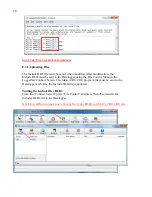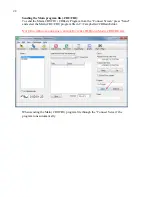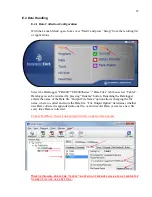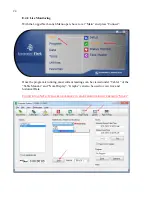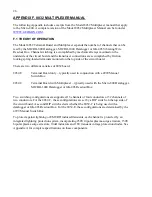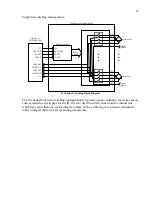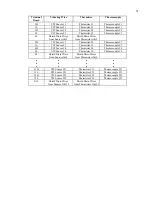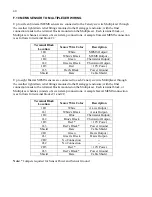
34
F.5 TROUBLESHOOTING
Below are some commonly experienced problems along with possible remedial action. Contact
the factory if any problem remains unresolved or additional help is required.
A particular channel on the multiplexer appears to be malfunctioning.
Check sensor connections on the terminal board. Clean if corrosion exists.
Try moving the sensor wired to the suspect channel to another channel to verify the
malfunctioning of the channel (as opposed to the sensor).
No channels are working.
Inspect circuit board for shorts, opens, or other damage.
Is moisture present on circuit board? If so, install desiccant to absorb.
Channel selection appears to be random.
Has corrosion built up on the circuit board? Clean if necessary.
Is there a source of electrical noise nearby? Move multiplexer or noise source if possible.
F.6 SPECIFICATIONS
F.6.1 General
Power Requirements: 10-16 VDC (unregulated)
Quiescent Current (MICRO-800/MICRO-1000 mode): 80
A (16CH mode)
130
A (32CH mode)
Quiescent Current (GK-403 mode): 12 mA
Channel Activated Current: 30 mA
Control Line Input Impedance: 100 k
(CLOCK), 100 k
(RESET)
Control Line Input Levels: TTL or RS-232 (
9 VDC)
Transient Protection: 16 VDC Transzorbs
Operating Temperature:
40 to
60
C
F.6.2 Relays
Type: NAIS TXS2SA-4.5V DPDT non-latching
Power: 11.1 mA @ 5VDC (55.5 mW)
Contact Type: Gold clad silver alloy
On Resistance: 100 m
Coil Resistance: 405
Maximum Switching Power: 30W (resistive)
Maximum Switching Voltage: 110 VDC
Maximum Switching Current: 1 A

